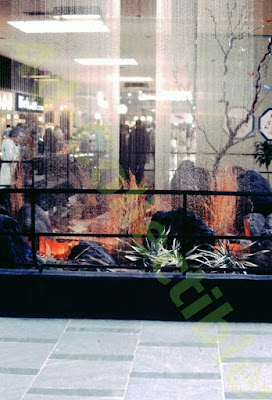The Lorain Lighthouse – known as the “Jewel of the Port” – is celebrating its 100th year anniversary on June 30, 217. That alone should bring a tear to the eye of anyone who lovingly calls Lorain their hometown. It’s been the symbol of the city for a long time now, in good times and bad.
Many of us have only seen it from certain popular vantage points, such as Hot Waters. Thankfully, the
Sunset Dinner Cruises make it possible to see up close what most of us have only seen from afar.
The official Lorain Lighthouse website has an interesting explanation as to how the 2017 date was selected to celebrate the centennial. It notes, “Many dates are given for when the Lighthouse we see today
was built. An article from the
Lorain Journal, September 23, 1953 indicates
1898, with the title, “Lorain’s Lighthouse in 55th Year of Duty”, but that date
isn’t close.
“Most sources give 1909 as the date, but the blueprint for
the current structure is dated 1916. Information from the Lighthouse Board in
the National Archives states: “On June 30, 1917, the concrete structure had
been erected, roof completed except shingling, metal work of lantern erected,
and concrete forms removed. Temporary light in commission shone from new
lantern. It is expected to install permanent light this season and place fog
signal commission early next season.” Also, an act of October 22, 1913 appropriated
$35,000 for a light and fog station at Lorain Harbor.
“Thus the date 1917 is the most accurate available for the
construction of the current Lorain Lighthouse structure.”
In preparation for the big anniversary, I decided to see if I could come up with some newspaper coverage of the lighthouse under construction, as well as its dedication.
Some of the regional newspapers mentioned its construction. The Norwalk Reflector of August 16, 1916 noted, “The pierhead of the Lorain breakwater, erected ten years ago, has sunk eighteen inches it was discovered today. The pier is a concrete structure 22 by 22 feet in dimensions. The sinking was discovered when work of building the new lighthouse and foghorn station on the pier started. The new building will be 50 feet above the water and will be a three-story concrete and steel structure.
The
Sandusky Register in its March 12, 1919 edition also made reference to the Lorain lighthouse in an article explaining the structure’s light and fog signal to mariners. The article referred to the lighthouse as “the new structure, gray square building with square tower rising from southeast corner, recently completed.”
Here is what the
Register article was quoting from: a 1919 Notice to Mariners.
 |
| From the 1919 Index to Notices to Mariners |
Unfortunately, I was unable to find any mention at all of the lighthouse on the available Lorain newspaper microfilm. I checked both the June 30, 1917 date as well as the March 1919 date mentioned in the Sandusky paper.
I still have a few more months to try and find a dedication article. We’ll see.
Perhaps the beloved lighthouse – remotely located as it is and not accessible to anyone without a boat – silently went to work with no fanfare at all.
 |
The Lorain Lighthouse as it looked in 1919
(Courtesy lighthousefriends.com)
|
UPDATE
I understand now why I was unable to find something in the vintage newspapers for the June 30, 1917 date. That date is a government fiscal year-ending date found in the Annual Report of the Commissioner of Lighthouses to the Secretary of Commerce. The construction update information associated with that date is merely a summation of progress made up to that point. The June 30th date does not have special significance.






































